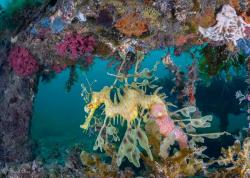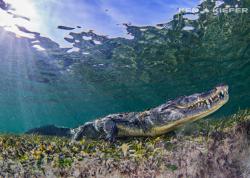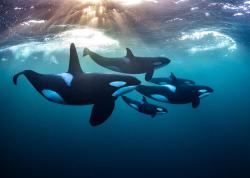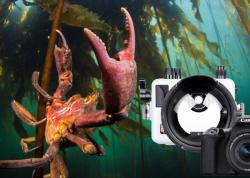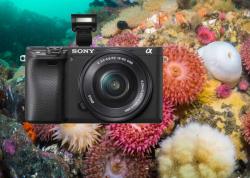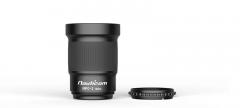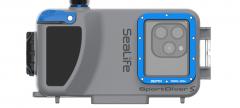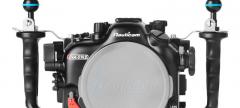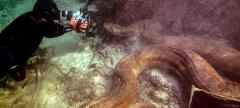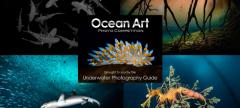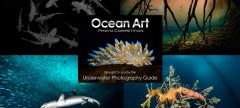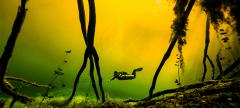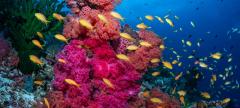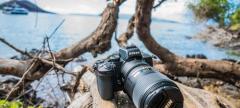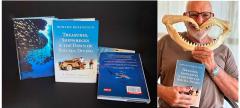Capturing the Birth of the World's Largest Octopus
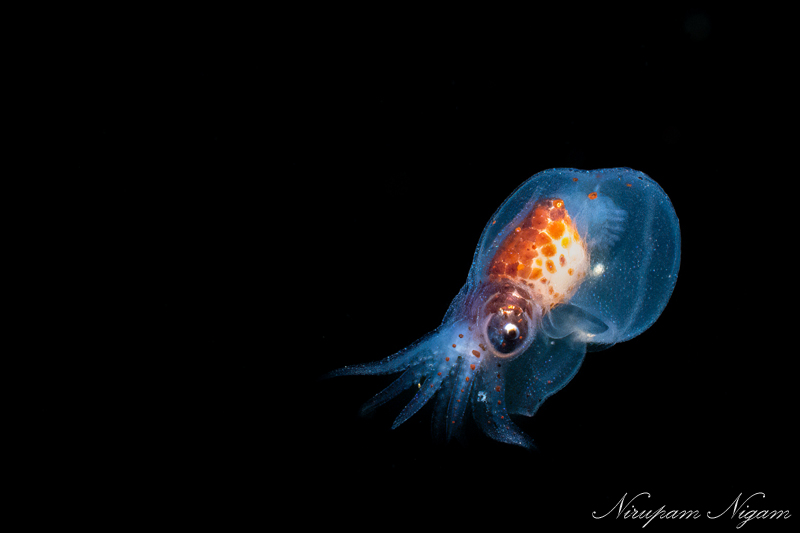
The Giant Pacific Octopus (Enteroctopus dofleini) is an icon of the Salish Sea and the Pacific Northwest seascape. They are the world's largest octopus, weighing in at up to 110 lbs with arm spans of up to 20 ft. Despite their size, they can be difficult to find as their malleable bodies can fit into holes no bigger than their mouth. In fact, seeing a Giant Pacific Octopus "in the open" is a treat that most divers see only once every year or two.

Making Friends
Despite their shyness, these gentle giants use the same den year after year for shelter and as a home base to hunt clams and crabs. Because of this, local divers also become accustomed to resident octopuses and watch them daily, learning their habits and personalities. Some octopuses can be more curious and "touchy feely" whereas others can be quite cold. This past year, one octopus, affectionately named "Olive" decided to make residence in Des Moines, Washington...in a location some might describe as a "diver highway." The dive site has been the primary training ground for many dive schools, turning Olive into a local celebrity.
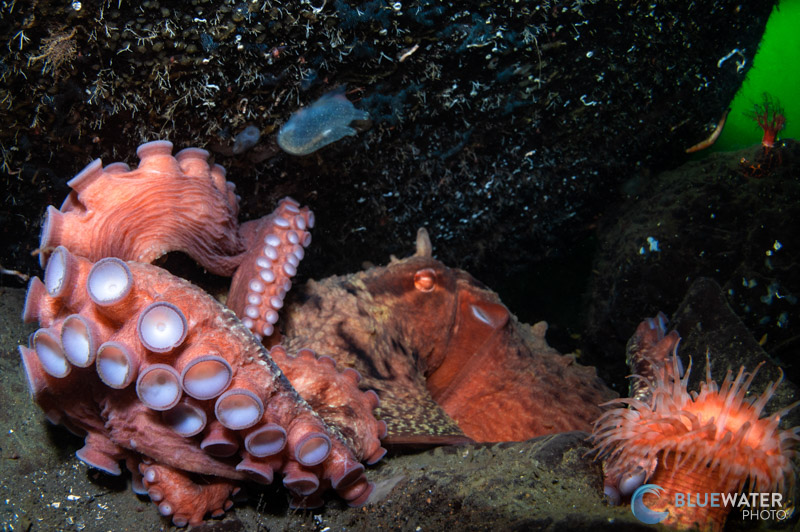
Growing Old
Most species of octopus don't live past a year. But as the giants of the cephalopod family, Giant Pacific Octopus live to about four years. At the end of their life, they stop eating and settle in one place to care for their eggs. After laying eggs, the mother octopus incubates them and fans them with her tentacles to provide more oxygen to each of her young. One octopus can lay up to 100,000 eggs!
Over time, the lack of food starts to deteriorate the mother octopus's body and she becomes pale and slow. If the young octopus eggs are lucky, the mother will stay with them until they hatch and then pass on.

A Miracle
But Olive was not so lucky. On a rainy Wednesday morning, at the close of 2024, Olive disappeared and her eggs were left to a growing crowd of hungry rockfish and crabs. But the unprotected stand of eggs produced a unique opportunity. Local divers began to congregate and reinforce Olive's den so that predators could not so easily access the eggs. The more motherly among them gently aerated the eggs to keep the oxygen flowing. Within a week the babies were hatching.
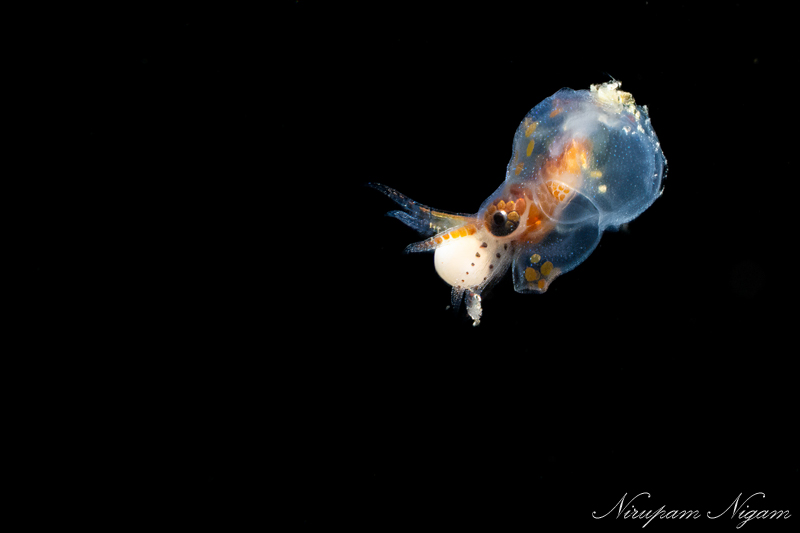
The Photo Opportunity of a Lifetime
For the divers who knew the secret, the chance to photograph the birth of the world's largest octopus was the opportunity of a lifetime. In a hushed but determined manner, divers made the pilgrimage to Olive's empty den - just minutes from the Seattle-Tacoma International airport. They sat still in 48 degree water, along a silty slope of sand, for hours on end. And those with the patience were able to witness the magical moment when tiny specks would appear to float like little balloons out of the den and squirt into the dark, black water around the divers' lights. Each transparent dot was only a few mm end-to-end...approximately the size of a grain of rice. As the hatchlings moved to the surface they would blend in with passing particulates, becoming one with the dark of night.

Tips for Photographing Hatching Octopus
There is nothing you can witness in the animal kingdom that can prepare you for an octopus hatching event. But you have to do your best to prepare. In this case, it paid off to use a 60mm macro lens with a Nikon Z8 mirrorless camera with a Bluewater focus light. A 60mm macro allows you to focus close to a subject which is very beneficial when you move in the water column to find the octopus - especially as it squirts to the surface. I chose to switch the camera to an autofocus continuous mode with Nikon's famous 3D autofocus tracking to track the octopus as it moved. The focus light was essential for producing enough contrast so that the camera could find it in the water column.
Finally, in order to capture enough detail, I needed to freeze the action with a high shutter speed of 1/160s and capture enough depth of field with a high f-stop of f/20. An ISO of 800 allowed me to keep my strobe power lower so that I could shoot at a faster burst.
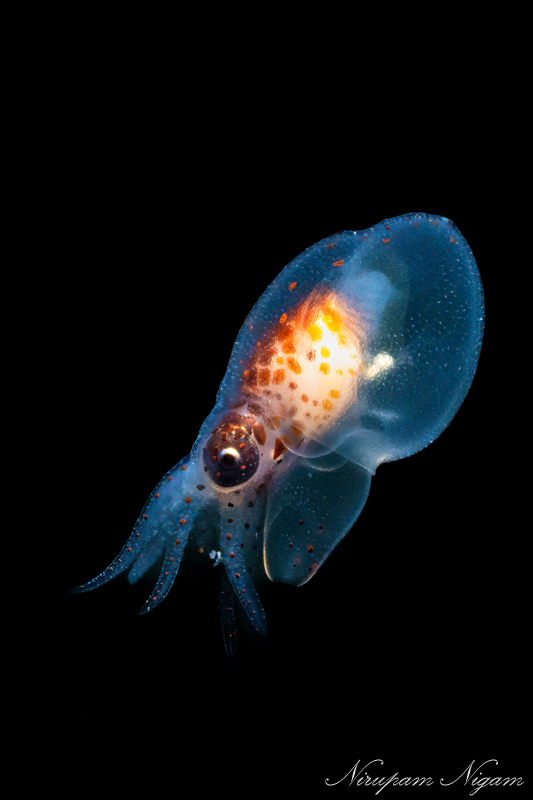
RECOMMENDED ARTICLES
SUPPORT THE UNDERWATER PHOTOGRAPHY GUIDE:
The Best Service & Prices on u/w Photo Gear
 Visit Bluewater Photo & Video for all your underwater photography and video gear. Click, or call the team at (310) 633-5052 for expert advice!
Visit Bluewater Photo & Video for all your underwater photography and video gear. Click, or call the team at (310) 633-5052 for expert advice!
The Best Pricing, Service & Expert Advice to Book your Dive Trips
 Bluewater Travel is your full-service scuba travel agency. Let our expert advisers plan and book your next dive vacation. Run by divers, for divers.
Bluewater Travel is your full-service scuba travel agency. Let our expert advisers plan and book your next dive vacation. Run by divers, for divers.




